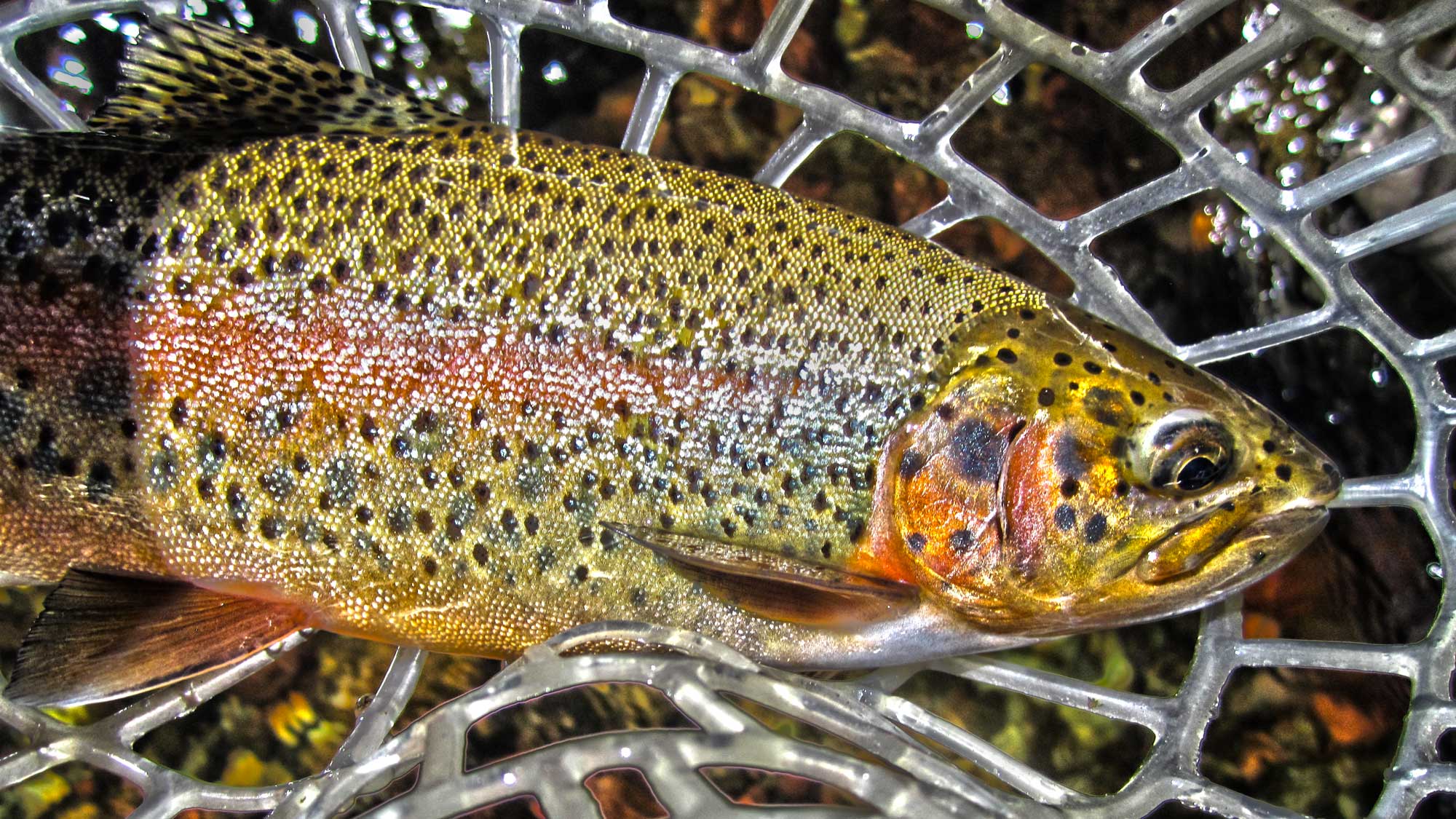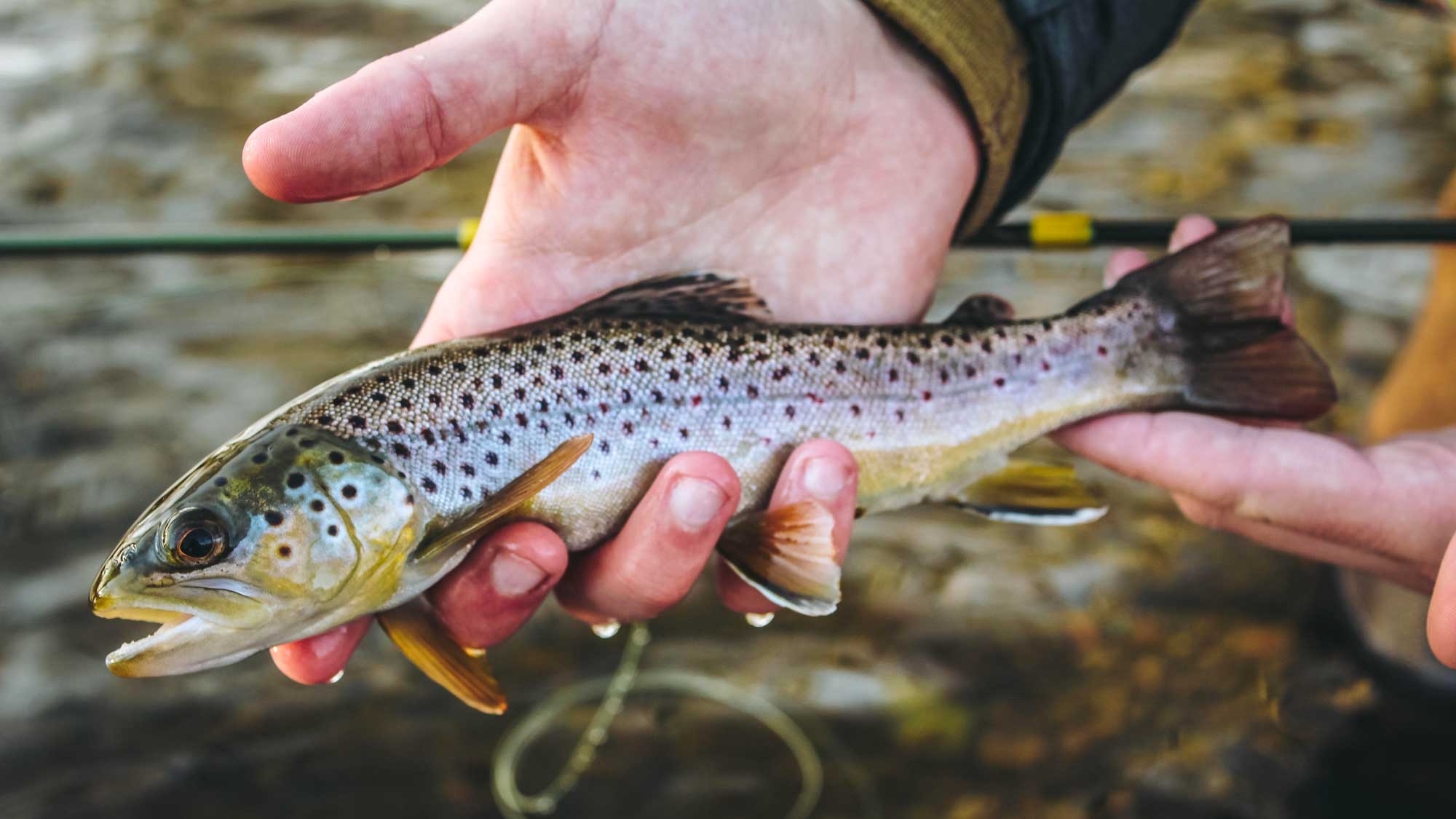Fly fishing is a sport that is accessible to anyone and offers many benefits. It can help you increase focus, de-stress, and relax. But what fly fishing gear do you need to get started?
While fly fishing can be a relaxing sport, it can also be frustrating without the correct equipment. In addition to a fly fishing rod, you will also need fly fishing wear and other necessities. On top of important fly fishing flies and other gear, having items such as sunglasses, a wide-brimmed hat, and sunscreen will also help it to be an enjoyable experience.
Even with a general knowledge of what is needed for fly fishing, it is important to make sure you pick the right type of equipment. Each person will learn what works best for their own fly fishing experience, but there are a few universal things everyone should use.

What Does a Fly Fisherman Need?
There are three basic categories of things that all fly fishermen will need to get started. You will need equipment, gear, and knowledge about fly fishing. Most of these things can be procured at a good fly shop, including resources on learning the necessary experience.
Equipment
Experienced fly fishers will tell you that you need the necessary equipment. You will need a sturdy rod (the exact kind will depend on where you will be fishing), and corresponding reels and lines. A sinking tip line and fly fishing fly are also needed. Tapered leaders and spools of tippet material are also required.
Picking out a fishing rod is the first big decision to make. There are endless choices, but the most important factor when choosing a rod is where you will be fishing and the kind of fish you expect to catch. The rod that you purchase should match the weight the line will need to support. Each line weight is given a number for your convenience.

Line weights between 0 and 2 are perfect for small trout fishing in America or other small fish like panfish. 3-5 lines and rods are used for bigger trout fish, small bass, or for casting longer distances. You will want to use a 6-7 line if you're going to use bigger flies or are facing harsh wind conditions, and 8-10 lines are more suitable for salmon, pike, steelhead, and heavy flies. The heaviest lines are 11-14, and they are used for heavy saltwater conditions.
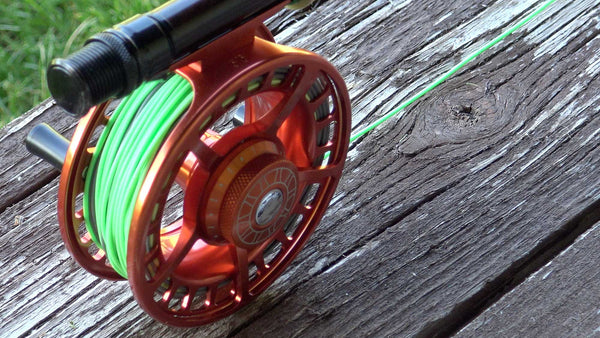
Picking out the right reel is another decision you will have to make. The reel weight should be balanced with the type and weight of the rod, so this needs to be coordinated. Luckily most manufacturers will have information on their products to help you make the right choice.
Small reels are great for catching small or medium-sized freshwater fish. If this is the case, then the reel's main job is to hold and control the line. If you decide to start catching bigger and stronger fish, then your reel will also need to include a drag system to keep them from pulling the line off your reel.

The importance of lines was already touched on a little bit, but there is an infinite list of possible lines to choose from on the market. When you become experienced, then buying specialized lines may be something you want to do, but to start with, weight forward (WF) line tapers are a versatile line that will work well in most situations. Their simplicity makes them an excellent option for beginners.

Once you pick your basic components, you will need to put them all together. The backing is a line reserve that you will need if you hook a healthy fish. This is the first length of line on the spool. After the backing, there will be the rest of the line, then the leader. The leader keeps the fly line from being visible to the fish. You can adjust the length of the leader by adding a tippet material that attaches the fly to the line.
Once your lines, backing, leader, and tippet are in place, you attach the fly. The fly is what attracts the fish to your line and entices it to take a bite. As you can guess, different fish have different preferences, so they type of fly you need will vary greatly depending on the kind of fish you are catching.

If you are just getting started, then a small variety of patterns will be enough to get going. If you are after trout, then flies like nymphs, dries, and streamers will cover the main varieties. You can also visit a fly shop in the area you will be fishing to find out what is popular for the locals who have been fishing for years.
Gear
In addition to the fishing equipment, you will also need fly fishing gear. The most basic gear that is required is breathable fly fishing waders and wading boots. In addition to these items, it is also a good idea to have a fishing vest to hold your gear, sunglasses, and a fly fishing hat. Light layers underneath your waders will help you to stay comfortable all day.

You don't need a pair of waders to catch your first fish, but if you want to get into the sport, you will need a pair. It is best to get a pair of lightweight waders that are breathable no matter where you will be fishing. Even if you are fishing in colder areas, it is better to layer warmer layers underneath the waders.
You will also need wading boots that will protect your feet and keep you safe on the slippery riverbed. Wading boots are best when they have felt soles, as they will give better traction on the uneven and wet surfaces.

Fly fishing hats are important for several reasons. Wide-brimmed caps will protect your eyes and head from the sun. They also shield our eyes to help us see fish and where to cast the line better. Hats can also be used to store flies and protect your head from your own casting flies.
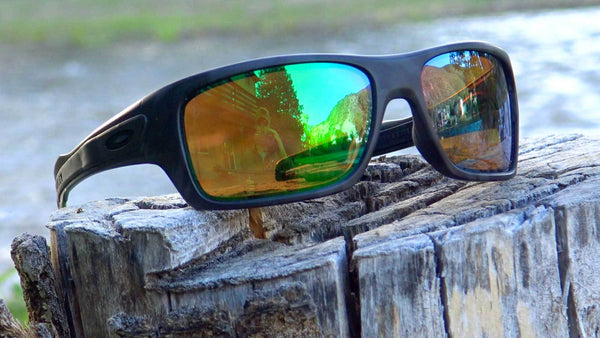
Sunglasses are essential for similar reasons. They not only help you to see better but will shield your eyes from a runaway fly. Polarized sunglasses are even better because they help you to see even better and prevent fatigue after looking at the reflection of the sun on the water all day.
As you become even more experienced, you will want to get more accessories to personalize your fishing experience. How fly fishing works for you will be entirely up to what you want to take out of it. You can stay at a beginner level, but most people find they want to experiment with different gadgets or tools to help with specific species of fish. At the very least, you may want to get some nippers or clippers, forceps fly floatant, and a net to make catching your fish a little more comfortable at the beginning.

Knowledge
You will also need some basic knowledge of how to fly fish. Obtaining the right license and finding a good place to fish is paramount. You will also need to know basic safety, how to cast a line, and fly fishing knots. Finding a good fly fishing shop is also important to get replacement parts and restock when you need to do so.
Whenever you are spending time outdoors and trying something new, it is important to understand how to be safe. Fly fishing is no exception to this rule. Especially at times when the weather is less than ideal, you will want to fish on a river that you know well or go with someone who has this knowledge. Wearing a wading belt can be cumbersome, but it can also be a lifesaver.

Buying a good wading staff is also an important safety measure to take. Most will attach to your wading belt to make it convenient to take with you. They will offer stability when crossing a river, but it can also be used to check the depth of a river if you are unsure. Your body should be positioned sideways in the river to further increase your stability against the current.
You can also get wading boot studs to put on the bottom of your boots to add even more traction. You should also lead with your downriver foot when you decide to move. After planting this foot firmly, you can then move your upriver foot to match it. Moving in this way gives you the most control against the current.

Understanding basic casting techniques and how to do so safely (especially if there are other people around) can save a lot of pain. Even if you are fishing alone, there is a chance that you could hurt yourself if you are not following proper safety procedures. Understanding the risks and how to avoid them is the best way to be safe on the river. A little bit of prevention is much better than wishing you had been a little bit more prepared after an accident.
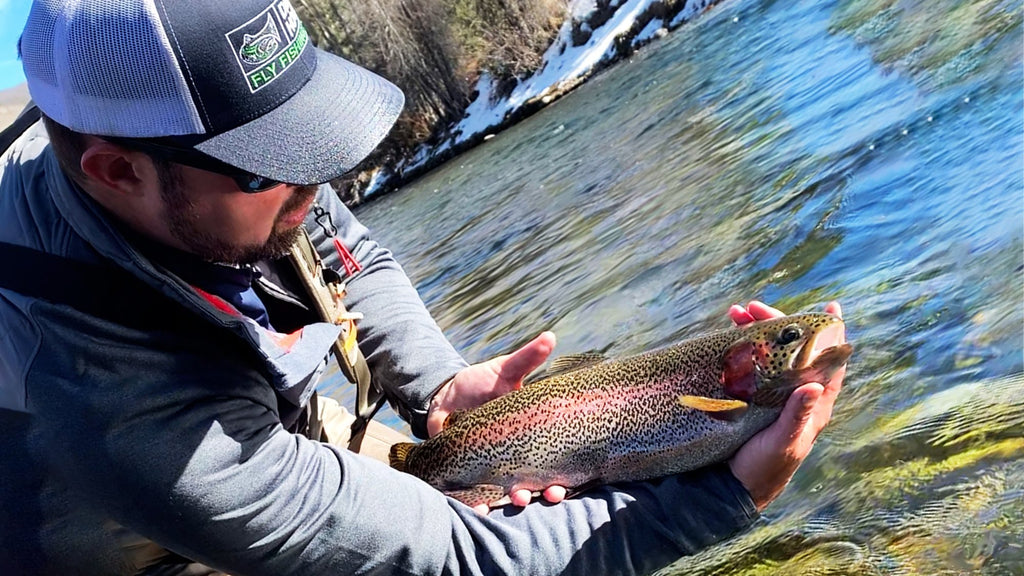
About the Author
Matthew Bernhardt, a third-generation Coloradan, grew up at the forefront of the state’s fly-fishing revolution, enjoying time on the water, side by side with experienced guides and lifelong anglers.
By combining his passion for fly-fishing with input from other experienced fly-fishers and guides and his fine arts degree from Colorado State University, Matthew spent five years carefully developing the Drifthook Fly Fishing System, built to help every angler catch more trout.
When he’s not spending time with his wonderful family, you’ll find him out on the water catching MONSTER trout, and he anxiously looks forward to the day when his kids are old enough to join him there.


